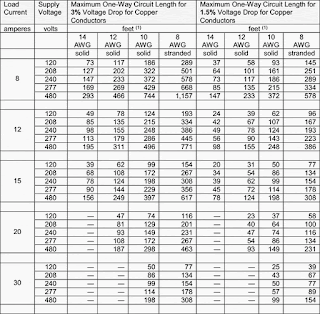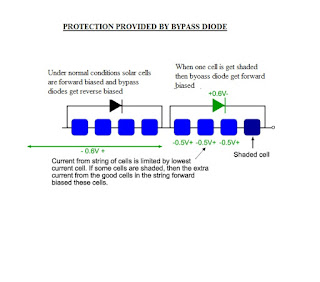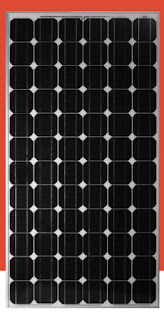Voltage drop reduction methods; Voltage drop an evil in electrical systems

Voltage drop is always a problem for electrical engineers. Every possibility is explored by electrical engineers to minimize voltage drop to minimum level so to do effective utilization of generated voltage and losses due to voltage drop. We Know that Voltage= Current X Resistance Now Resistance= Resistivity X length of conductor/ Area of conductor Now we get Voltage= Current X Resistivity X Length of conductor Area of conductor Now we see that voltage has relation with length of conductor , current carried by conductor, Area of conductor. So by following means Voltage drop across a conductor can be minimized :- 1. Increasing the area of conductor 2. Decreasing length of conductor 3. Decreasing current across conductor In additional to above there is fourth factor by which voltage drop can be reduced i.e. by decreasing conductor temperature. Now that factor comes from resistivity as resistivity decreases with

